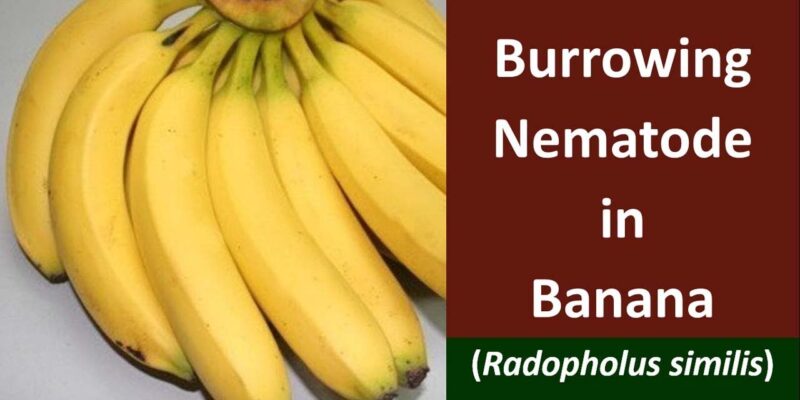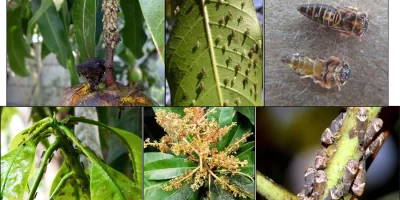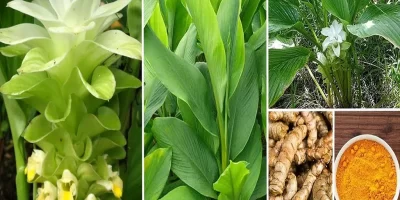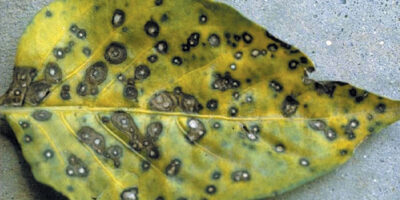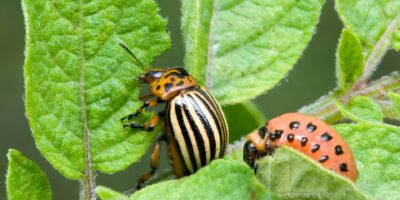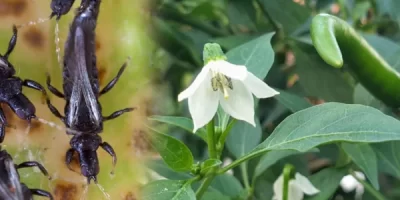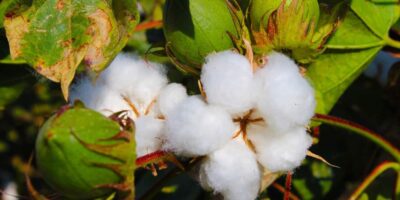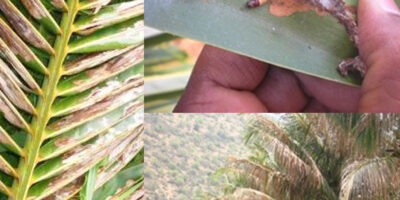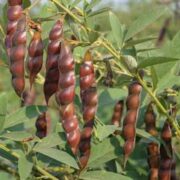Banana Burrowing Nematode: The most destructive nematode parasite of nematode in the world causing hug yield loss in Banana. Infection may lead to toppling over disease in banana, yellow disease of pepper & spreading decline of citrus. The nematode destroys root tissue, leaving plants with little to no support or ability to take up water & translocate nutrients. It can be widespread easily with the propagative plant material, especially infected banana corms. The nematode infestation is seen in the citrus orchards which are grown in coarse sandy soil that is poor in organic matter.
Life cycle & Biology: The migratory Endo parasitic nematode, completes its cycle within root tissue. The juvenile stage of the nematode can penetrate the root tissue at any point along the length. After the penetration the nematode may feed the root tissue & migrate into the cortical parenchyma and also into the stele. The adult female lays the eggs through either sexual reproduction or by hermaphroditism. The new emergent second-stage juvenile may migrate within the root and completes its entire life cycle within the root system or it can leave the roots in search of another healthy host root. The penetration of the nematode may cause damage to the root tissues that often lead to the death of the infected root.
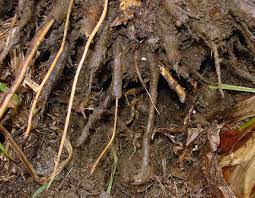
Burrowing Nematode
Identification: The nematode exhibits sexual dimorphism where, male nematode possesses a raised lip region & a reduced feeding apparatus, a distinct bursa extending at least two thirds of the tail length which is used to clasp the females during mating. The females do not have a raised lip region, but do have a heavily sclerotised & thickened framework. The female stylet is robust with three distinct knobs. The vulva, opening of the reproductive system is located slightly below mid body.
Also Read: Rajendranagar: ICAR organized Strategic Planning Meet at Rajendranagar
Symptoms of damage: Small dark purplish – red lesions on the outer part of roots at initial stage of damage. The lesions can become dark later on which can be seen clearly when an infected root is split longitudinally. The infected root systems can become stunted. Leaves become yellow. Lesions of primary roots together with girdling & death of anchoring root leads the plant prone ti “tip over” under wind pressure.
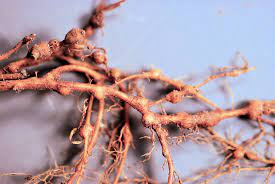
Banana Burrowing Nematode
Management: The infested rhizomes should be removed & discarded. In order to control the nematode through the propagative material, the outer layer of rhizome was removed & soaked in the solution of copper oxy chloride + Monocrotophos and later shade dried then go for planting. Deep summer ploughing immediately after the harvest can help to reduce the infestation. Do not go for crop rotation with Tobacco, Bhendi, Tomato in the infested banana fields as the crops act as alternative hosts. Sowing of marigold as a repellent crop in the field before planting of banana can reduce the infestation. Apply Carbofuran granules 3G @ 25-40g/plant at the base of the plant in 10 cm deep & then cover it with sand followed by light irrigation. By following the above recommended management practices the nematode infestation can be reduced before the economic damage of the crop.
Also Read: PJTSAU: Two-day event on millets in Hyderabad from July 10 and 11

